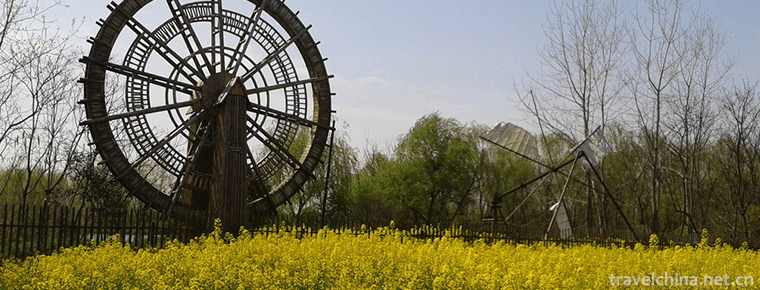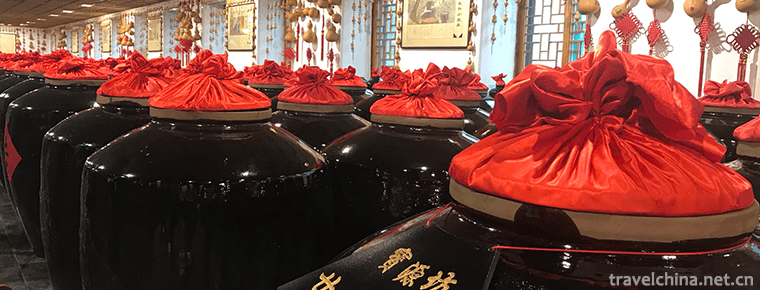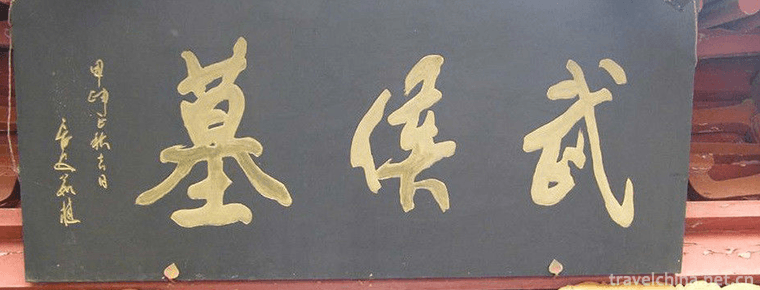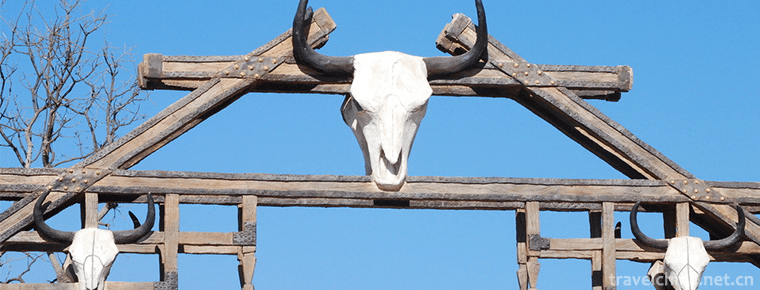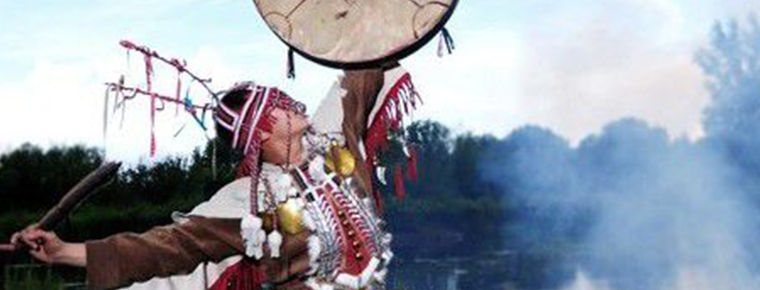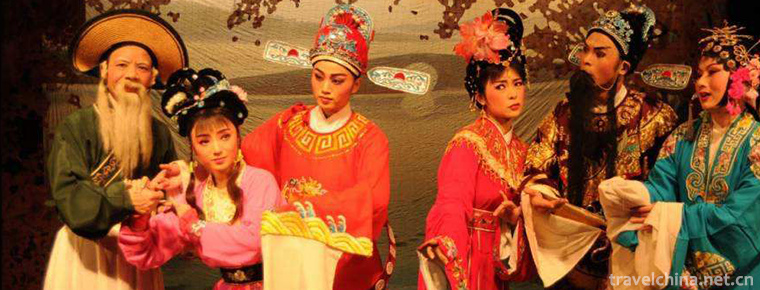Niangziguan Scenic Area
Niangziguan Scenic Area
Niangziguan is a famous pass of the Great Wall of China, known as the Ninth Pass of the Great Wall of China, and it is a must for military strategists of all dynasties. Located in the west of Taihang Mountains, Shijiazhuang City, Hebei Province, Jinglong County, Xikou , Yangquan City, Shanxi Province, northeast of Pingding County, Mianshan foothills. Niangziguan was originally named "Weize Guan", because the princess of Pingyang in the Tang Dynasty had led troops stationed here, the princess of Pingyang's army was known as "the women's army", so it got the name.
Basic introduction
geographical position
Niangziguan Scenic Spot is located about 40 kilometers east of Yangquan City, Shanxi Province. Its terrain is dangerous. It is the gateway of the Three Jin Dynasty and the throat of transportation. It is a must for military strategists of all dynasties.
Brief overview
Shanxi Niangziguan Scenic Spot is located 45 kilometers northeast of Pingding County, Shanxi Province. Niangziguan is an ancient pass, formerly known as Reed Translation Pass, passed down to the ninth Pass of the Great Wall. This pass is located at the junction of Shanxi and Hebei provinces. Shanxi people regard Niangziguan as the representative of both inside and outside the province.
Shock of momentum
Niangziguan's castle, backed by the elevated Emian Mountain, is facing the deep valley of Wanzhang, which is cut off by the rivers, and the ridges on the mountainside, winding with the mountain situation, the Taohe River flows around its northwest, tortuously. It's really a "band of mountains and rivers, Jincheng Tangchi". The two wings of the whole Guancheng are the winding Great Wall, which has historically become a natural barrier between Shanxi and Hebei provinces.“ The momentum of "one man at a time, one man at a time, one thousand men at a time" is very dangerous.
Historical legends
Niangziguan has a long history. During the Kaihuang period of the Sui Dynasty, Weize County was set up here. Princess Pingyang, the sister of Li Shimin, Taizong of the Tang Dynasty, led the Niangziguan army to guard the pass, so later generations call it Niangziguan. It is said that the princess of Pingyang was very brave when she was marshal. She often stayed with her saddle and knife. Even after she married General Chai Shao, she did not forget her barracks life. She was a famous heroine in Chinese history. Niangziguan coexisted with her famous name, which has lasted to this day.
Scenic spot environment
Niangziguan scenic traffic is very convenient. In the east, Yangquan City has a straight line to the scenic spot. In the west, Jinglongxian County, Hebei Province (more than 30 kilometers away from the scenic spot) has a bus passing through the scenic spot. The catering, accommodation and other facilities near Niangziguan have reached a certain scale and all kinds of considerate services. Conditions and comfortable environment are ideal places for tourists to visit. The main tourist attractions of this scenic spot are: Baijing Ancient City, Tang Dynasty Porcelain Kiln, Waterfall, etc.
Construction time
Guancheng was built in the 21st year of Jiajing (1542) of Ming Dynasty. There are two related gates, the middle of which is a residential area. Outer city gate is a brick coupon door with a platform, which seems to be used for inspecting soldiers and looking at the past. Under the gate is a brick coupon, and on the top is a gate building, which is very strong. The Great Wall on both sides of Guancheng is winding along the mountain and becomes a natural barrier between Shanxi and Hebei. On the north side of Guancheng, Taohe River, with turbulent water flow, is connected by mountains and mountains to the south. Shunshan Gorge of Shitai Line is winding and paved. Every time the train arrives at this point, it looks north at the window, stands close to the parks, waterfalls rush and fall, scattered like beads, which is magnificent. The Valley is called the water curtain tunnel. Shizhen, the king of the Ming Dynasty, praised the scene with the phrase "Jet Jade High from the West Pole, Grab Cliff Majesty from the Great Spirit".
Origin
Statement 1
There are two opinions about the origin of Niangziguan: one is that there was a "Jealous Lady Temple" built here to commemorate Jiezitui's sister, Jieshan.
Statement two
Another reason is that Princess Tang Pingyang has been stationed here. This latter statement. It is now a definite conclusion. Because of this, there are many relics related to Princess Pingyang in Niangziguan area. Such as the "Su Jiang Building" on the South Gate, the "Point Jiang Tai" on the other side of the Taohe River, and the "Summer Resort Building" in Mianshan, it is said that the Princess of Pingyang was first built. In the mountain depression east of the summer resort building, there is an endless small pool of water, which is said to be the washbasin of Princess Pingyang at that time.
Main attractions
The existing Guancheng was built in Jiajing in the Ming Dynasty (1542 A.D.), with two gates in the South and East and a wall of 650 meters in length, with residential areas in the middle.
Brick coupons are below and doors are above. On the top of the city gate, there are four big characters: "Jingji Fanping". In front of the gate, there is a stone paved ancient carriage and horse road about 100 meters. The gate building is built on top of the gate.
About ancient buildings such as Emperor Temple and Zhenwu Pavilion. Residential houses and streets in the city remain the same, and most of the local residents are descendants of the Ming and Qing dynasties.
For the brick coupon door hole, on the platform. There are five Dayus inscribed on the entrance of the cave, namely "Zhili Niangziguan".
The summer building on Mianshan Mountain is traditionally built by Princess Pingyang of the Tang Dynasty.
Outside Guancheng is the tortuous Yanzhao ancient road.
In the East Gate of the Niangzi Pass, there is a brick platform, which is traditionally the point of the Princess of Pingyang.
Landscape characteristics
Social fire
Since ancient times, many villages in Niangziguan Town have performed on January 16 every year, which is the form of villagers celebrating the Spring Festival: there are fighting, fork playing and other contents mostly simulated ancient battlefield stories. On the morning of January 16th, villagers spontaneously organized themselves to take spears, knives, steel whips, swords, flags and other props to the streets. The gongs, drums and banners started to set off a social fire. The more crowds gathered, the more lively the scene was.
River lamp
River lanterns are the traditional customs of the Chinese nation, which are used to mourn the deceased and to bless the living. It is popular in Han, Mongolia, Daur, Yi, Bai, Naxi, Miao, Dong, Buyi, Zhuangzhuang and Tujia areas. River lanterns are often placed by the water on the night of March 3, Qiqiao Festival and Mid-Autumn Festival. Taoism and Buddhism also put river lanterns on religious festivals held on July 15 of the summer calendar. Most people mistakenly believe that river lanterns are religious activities.
Tourist guide
Pingding County, Shanxi Province, 45 kilometers northeast.
You can take the 7117 train at Shijiazhuang Station, leaving at 6:38 in the morning and arriving at Niangziguan at 9:11. When you get off the bus and walk eastward, you can see the building closing. Then you can walk along the highway for 20 minutes to see the waterfall. In the afternoon, 7118 rides can return to Shijiazhuang. The driving time is 17:17 and 19:36 to Shijiazhuang.
Three-sided "marshalling" has Shanxi flavor, 2 yuan a bowl, very affordable.







-
Water surface
The water surface is a traditional snack in Shaanxi and Gansu Province. Legend has it that Liu Bang, the ancestor of the Han Dynasty.
Views: 498 Time 2018-11-02 -
Qinghai Kekexili National Nature Reserve Hoh Xil
The Kekexili National Nature Reserve in Qinghai Province is located in the western part of Yushu Tibetan Autonomous Prefecture with a total area of 4.5 million hectares.
Views: 165 Time 2019-01-29 -
Qinhu National Wetland Park
Qinhu National Wetland Park is located between the central part of Jiangsu Province and the Yangtze and Huaihe River. The total area of the scenic spot is 26 square kilometers..
Views: 146 Time 2019-02-07 -
Taiyuan Qingxu Baoyuan Old Vinegar Workshop
Taiyuan Qingxu Baoyuan Old Vinegar Workshop is located in Taiyuan City, Shanxi Province. It is the "Taiyuan Youth Heritage and Education Base". It has been awarded the "First Industrial.
Views: 170 Time 2019-02-13 -
Wuhou Tomb Scenic Area
The Tomb of Marquis Wu is the tomb of Zhuge Liang, a famous statesman and militarist in the Three Kingdoms Period. It is located at the foot of the ancient battlefield of Dingjunshan.
Views: 146 Time 2019-02-24 -
Ancient Town of Yi Nationality
The ancient town of Yi people is located in the north of Yongan Avenue, the west of Sun Li Park, the east of Longchuan River and the south of Chuda Expressway in Chuxiong Economic and Technological De.
Views: 204 Time 2019-03-04 -
Butterfly Bucket Encouragement of the Browns
Buzz drum dance is a kind of collective dance of men and women of ancestral origin. It has great improvisation. There are two kinds of dance methods: He Xinfang and.
Views: 309 Time 2019-04-04 -
Shaman Dance of Ewenki Nationality
Shaman dance of Ewenki nationality is a traditional dance of Ewenki nationality. It is a national cultural heritage of China and is spread in Genhe region of Inner Mongolia Autonomous Region..
Views: 157 Time 2019-04-28 -
Taiwanese Opera
Gezi Opera, a local traditional drama in Zhangzhou and Xiamen, Fujian Province, is one of the national intangible cultural heritage..
Views: 277 Time 2019-05-01 -
Drum bowl song
Drum-pot song is a very ancient traditional form of music and art in Hubei Province of China. It originates from the traditional folk activities of "beating a pot as a drum, singing with the fune.
Views: 84 Time 2019-05-01 -
The eldest son drum book
The eldest son drum book is the traditional art of rap and singing in Shanxi Province. Changzi County is known as the "Town of Quyi", which has a long history as well as a wide variety of Qu.
Views: 389 Time 2019-07-25 -
Suzhou University
Suzhou University is a full-time undergraduate college in Anhui province. It is an applied undergraduate university in Anhui province. Anhui higher education revitalization program "Local applica.
Views: 168 Time 2019-11-21


